The Tongass of Southeast Alaska is the largest national forest in the United States and the world’s largest remaining tract of temperate rainforest. Comprised of a dizzying 18,000 miles of streams and rivers which annually produce tens of millions of salmon, it has been described as “a place where trees grow salmon and salmon grow trees”, a depiction which finds its roots more in science than in prose.
The temperate rainforest of the Tongass National Forest is the last of its kind. Similar habitat in the lower 48 and British Columbia has been divided or destroyed, the result of more than a century of logging and other human development. In contrast, the Tongass remains vibrant, playing a vital role both economically and ecologically.
2011 saw record salmon harvests in Southeast Alaska, 80% of which is covered by the forests of the Tongass. 73.5 million salmon were harvested, representing one third of salmon harvested from the entire Pacific Rim. A 2007 study determined the economic value of the Tongass commercial, sport and subsistence fisheries and related activities to be almost $1 billion dollars annually. In addition to its economic importance, the Tongass is also the lynchpin of native Southeastern Alaskan cultures.
Like other of Alaska’s great salmon resources, the Tongass faces threats related to current or planned human development. Unlike these other resources, the Tongass is not facing a single, major threat. The Tongass is facing myriad dangers, no single one of which threatens to devastate this sensitive habitat. The cumulative effects of these dangers, however, poses a significant threat that would serve to irreparably damage this last vast ecosystem of its kind.
The Tongass currently faces threats from planned or proposed hydropower projects, mining operations, land privatization, timber harvesting and associated development such as the construction of roads and culverts. Mounting budget cuts to habitat conservation and restoration efforts has and will continue to compound the effects of these hazards.
The diverse nature of these threats has served to complicate matters for those advocating for increased protection of the Tongass. Add in the fact that the salmon populations and habitat in Tongass are currently doing well, and the battle becomes increasingly uphill.
Despite the complexity posed by the array of dangers confronting the Tongass, there is little ambiguity regarding what will become of the Tongass if the reality facing this globally unique natural resource is ignored. And it is easy to supply a list of additional reasons to protect the Tongass: The Columbia, Klamath, Elwha, Sacramento, San Joaquin, Nehalem, Rogue, Puget Sound. The names of these once great wild salmon waters of California, Oregon and Washington, many of which today have wild salmon runs entirely destroyed or as low as one percent of historic levels, serve as evidence that failure to protect these habitats from these very same dangers can and has led to disastrous consequences.
Even with billions spent on efforts to restore salmon populations in the lower 48, many of these efforts are just beginning to achieve success, and the future is uncertain. A century of disregard characterized by over-harvesting and habitat degradation has resulted in dramatic destruction of salmon populations that may take centuries to repair, or potentially be irreversible.
Researchers from Trout Unlimited, The Nature Conservancy and the Audubon Society of Alaska spent 5 years identifying the highest value salmon habitat from amongst the 65% of the Tongass that remains entirely unprotected from development. The 77 watersheds that the study identified became known as the Tongass 77 and the aforementioned organizations have been joined by commercial, sport and subsistence fishermen in an effort to seek increased protections for some 1.8 million acres of Tongass land.
The Tongass, like other great wildernesses, is a place that calls to anglers from across the globe. The privilege of pursuing truly wild fish in truly wild places is one that many of us long and wait for our whole lives.
This privilege has been lost to many throughout the Pacific Northwest, where these lessons have already been learned. It is vital that we leverage this knowledge and act now to support the Tongass 77, extending protection from development to the most vital areas of this remarkable ecosystem.





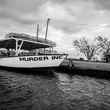
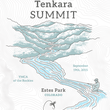

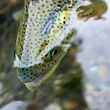




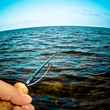




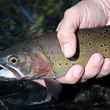




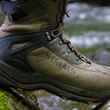



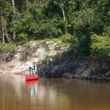
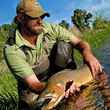


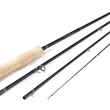
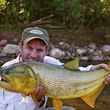
Comments
MDillow replied on Permalink
Crisp and easy to read. Good luck in the contest!
DDon replied on Permalink
Yes, best of luck. Informative and compelling.
Had not previously heard of the Tongass.
MC replied on Permalink
Great read- you've made some really important points about threats to the Tongass and lessons to be learned from the lower 48. I do think you're avoiding the elephant in the room though... how many of those 73.5 million salmon harvested in 2011 were of hatchery origin do you think? Freshwater habitat protection is absolutely critical, but I would argue that understanding the role and impact of hatcheries in Southeast Alaska ecosystems is more critical to long term health of these salmon populations. I'm not anti-hatchery at all, but the significant impact of hatcheries must be recognized and addressed by science and advocacy groups like TU. Not all salmon are created equal, there is wild and then there is truly wild...
Chad Shmukler replied on Permalink
The last estimates I've seen indicate that around 10% of the SE catch is of hatchery origin.
And I agree, understanding the role that hatchery fish play in the health of the wild stocks is important.
That said, habitat protection comes first. Without intact spawning habitat, the role that hatchery fish play in the equation becomes irrelevant.
Pages